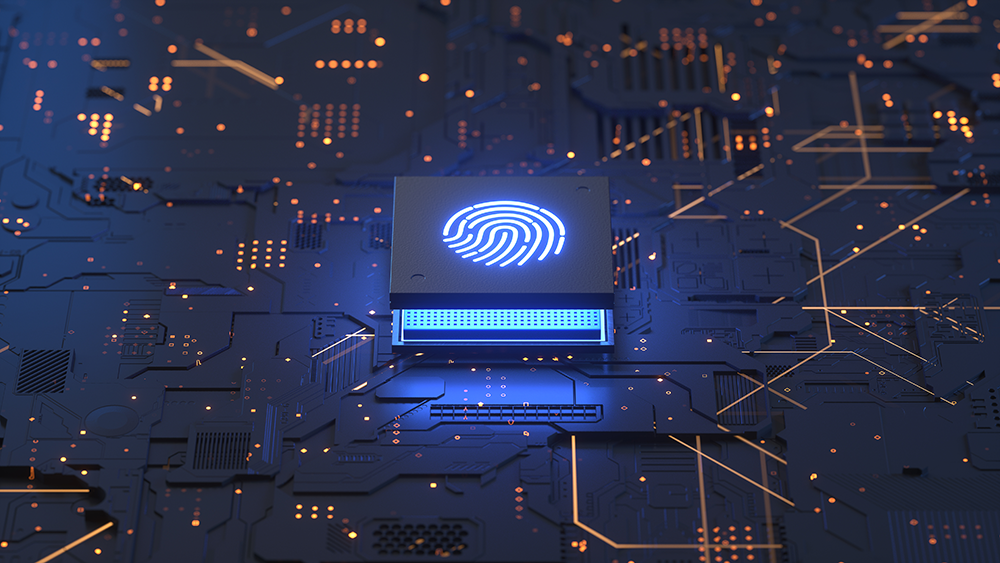
MFA Fatigue Attacks: How to Safeguard Your Data and Network
Cybersecurity is a never-ending battle, with network protection and data security at its core. In an era marked by digital advancements and evolving cybersecurity threats, the significance of Multi-Factor Authentication (MFA) in safeguarding sensitive information cannot be overstated. MFA is a robust security practice that mandates users to provide multiple authentication factors before accessing a system, application, or account. These authentication methods primarily include an exclusive information the user knows (typically a password), the user data (such as biometric data), and something the user possesses (like an authentication code or a mobile device).
MFA extends beyond traditional username and password combinations, offering an additional layer of security to ascertain the user’s identity. The ultimate objective of MFA is to bolster security by introducing complexity, making it considerably more challenging for unauthorized individuals to gain access, even if they’ve compromised or guessed the user’s password.
How Multifactor-Authentication (MFA) Works
Once Multifactor-Authentication (MFA) is enabled, the user encounters a second authentication step after logging in with their username and password. This second layer of authentication may involve a number-matching process, requiring the user to enter a matching PIN. Users can receive this PIN via SMS or email, an authenticator app like Microsoft Authenticator (Include a backlink if available) or by utilizing biometric data, such as fingerprint or facial recognition. Authenticator apps generate time-sensitive codes, ensuring that the code provided remains valid for only a brief window, making it extremely difficult for attackers to crack.
Understanding MFA Fatigue:
MFA fatigue attacks, also known as push spam, prompt spam, or authentication bombing, represent a relatively unsophisticated hacking technique that exploits a significant vulnerability—the human factor. Once a malicious actor acquires a victim’s credentials, they initiate a barrage of push notifications to the victim’s mobile device, incessantly requesting sign-in approval. The attacker’s aim is to overwhelm the victim, leading them to approve a prompt out of sheer frustration, subsequently granting access to the resources protected by MFA.
To break down the workings of MFA fatigue attacks:
- The threat actor obtains credentials through social engineering or theft.
- The threat actor enters the credentials and sends an MFA prompt to the unsuspecting user.
- If the user doesn’t immediately accept the prompt, the threat actor sends repeated prompts, inducing “fatigue.”
- Once the user accepts the prompt, the threat actor gains access to all applications and assets beyond that access point.
Preventing MFA Fatigue Attacks
Both organizations and individual users can take proactive steps to avoid falling victim to MFA fatigue attacks. Build consistent cybersecurity practice to stay one step ahead of these sophisticated threats.
- Maintain Suspicion: If you receive unsolicited MFA notifications, especially during odd hours or from unusual locations, exercise caution and avoid responding to them.
- Implement Threshold Limits: Organizations can set limits on the number of MFA requests per user within a specified time frame to prevent prompt bombardment and deter attackers.
- Opt for Number Matching Authentication: Choose MFA methods that require users to select the correct number for authentication, rather than providing a simple “allow” or “deny” option in push messages.
- Use Unique Passwords: Avoid using identical passwords across multiple platforms to minimize the damage that could result from a compromised credential.
- Enhance User Awareness: Educate users about the existence and tactics of MFA fatigue attacks. Informed users are more likely to recognize suspicious activity and respond appropriately.
- Employ Proactive Cybersecurity Measures: While preventing MFA fatigue attacks entirely may not be feasible due to their reliance on human error, sophisticated cybersecurity technology can help detect and thwart suspicious behavior, allowing quick action to stop threat actors from causing further damage to your network.
In a digital landscape where the balance of power between cybersecurity and cyber threats is ever-shifting, comprehending the nuances of MFA and employing vigilant measures are key to safeguarding your network and critical data.
